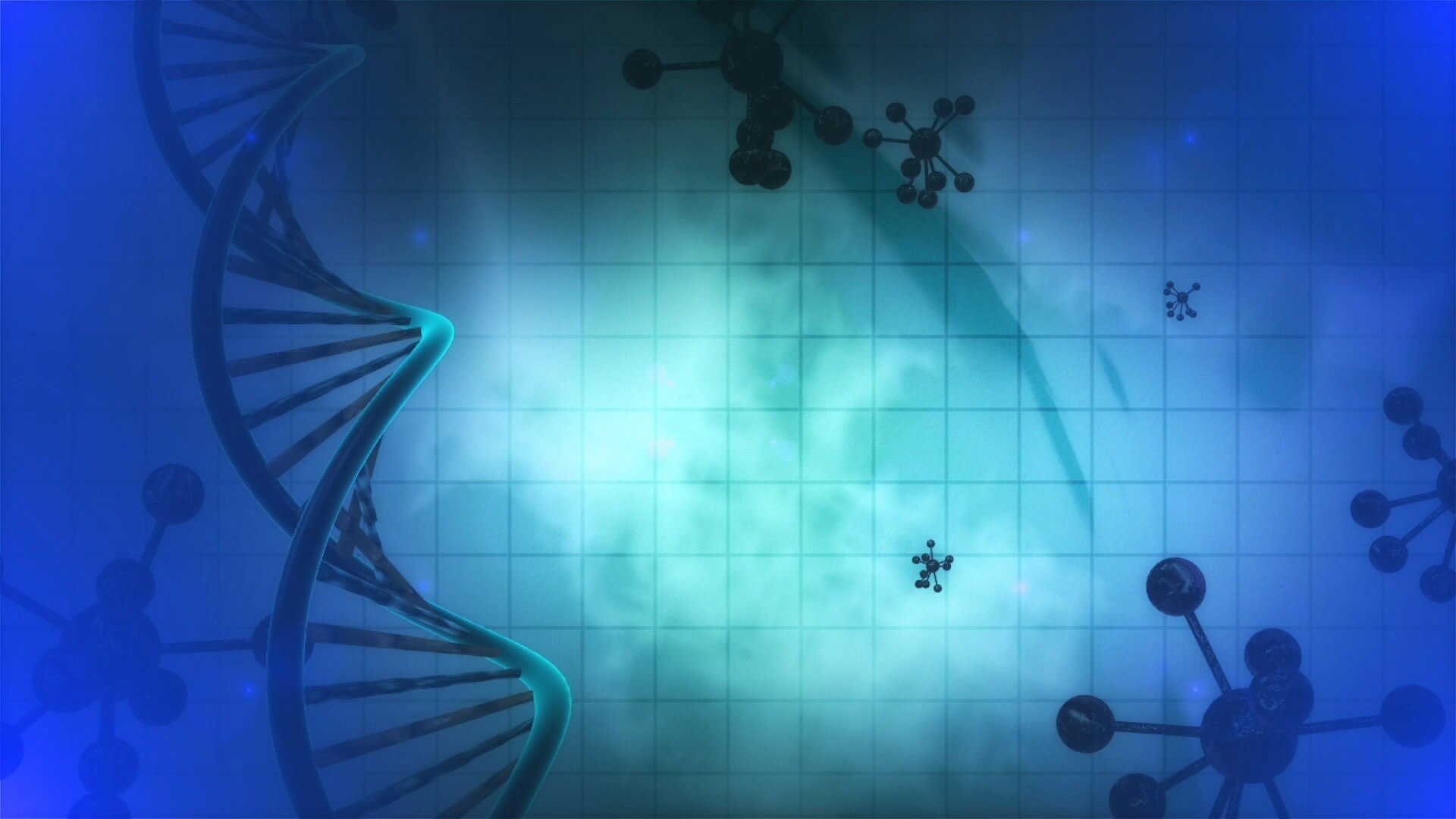Proteins are essential biological molecules that perform almost all biochemical tasks in all forms of life. They are also responsible for ultra-fast movements, which are crucial for our understanding of proteins and can help in producing new medical agents. To investigate these dynamic processes more precisely than before, researchers have developed a new algorithm that can be used to evaluate measurements at X-ray free-electron lasers such as the SwissFEL more efficiently. The journal Structural Dynamics has presented the algorithm.
A team of researchers led by PSI physicist Cecilia Casadei has successfully applied a comparable principle for addressing unrealistic motion sequences just like in the navigation system while traveling by car. The algorithm in the sat nav will soon notice the inaccuracy of the GPS positioning and correct the trajectory displayed on the screen, i.e. put it back on the road. However, their objects of investigation are about a billion times smaller than a car: proteins. These building blocks of life fulfill crucial functions in all known organisms and perform ultra-fast movements. Analyzing these movements precisely is crucial for our understanding of proteins, which can help us produce new medical agents, among other things.
To further improve the understanding of protein movements, Casadei, together with other PSI researchers, a researcher at DESY in Hamburg, and other colleagues at the University of Wisconsin in Milwaukee, U.S., has developed an algorithm that evaluates data obtained in experiments at an X-ray free-electron laser (XFEL). An XFEL is a large-scale research facility that delivers extremely intense and short flashes of laser-quality X-ray light, where a method called time-resolved serial femtosecond X-ray crystallography (TR-SFX) can be used to study the ultra-fast movements of proteins.
The measurements are very complex for several reasons: the proteins are much too small to be imaged directly, their movements are incredibly fast, and the intense pulse of X-ray light of an FEL completely destroys the proteins. On the experimental level, TR-SFX already solves all these problems: no individual molecule is measured, but rather a large number of identical protein molecules are induced to grow together in a regular arrangement to form protein crystals.
When the FEL X-ray light shines on these crystals, the information is captured in time before the crystals and their proteins are destroyed by the pulse of light. The raw data from the measurements are available as so-called diffraction images: light spots that are created by the regular arrangement of the proteins in the crystal and registered by a detector.
“The measurement of each individual crystal provides only two percent of the data of a complete image.” This incompleteness has physical and experimental reasons and can only be eliminated by combining the measurement data of many crystals in a meaningful way. Casadei’s research focuses on exactly how to go about this.
The method established so far is called “binning and merging”. With this method, the data are divided into time intervals, and all data within one interval, a ‘bin,’ are averaged. However, a lot of detailed information is also lost in this averaging. Therefore, Casadei and her colleagues have developed a new method called “low-pass spectral analysis” (LPSA). In this method, advanced linear algebra is applied to remove unwanted noise from the data without losing the relevant details.
In short and simple terms, the raw data, i.e. the diffraction images of the protein crystals, are tracked throughout the protein motion. This movement is assumed to be smooth, i.e. jerk-free. Similar to how the navigation system corrects itself when the car seemingly leaves the course of the road, the new algorithm by Casadei and her colleagues mitigates errors of the protein movement reconstruction.
Laypeople may not notice a significant difference in the new protein films. But for the cineastes at X-ray free-electron lasers, the improvement is comparable to switching from a DVD film to HDR quality. The new algorithm now allows researchers at SwissFEL at PSI to extract more information from their data and can help shorten long measurement times. Since beam time is always in high demand at large-scale research facilities, and in particular at SwissFEL, this is a most welcome prospect for protein researchers using this highly advanced facility.


Leave a Reply